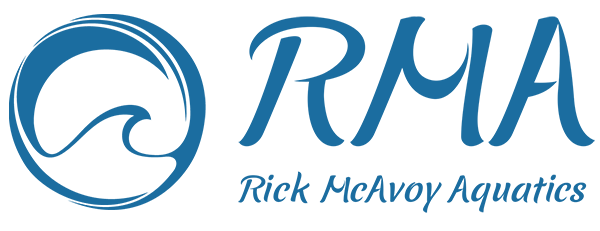Aquatics for Better Movement
I had the opportunity to attend and present at the 21st Boston Sports Medicine Symposium this past weekend. It was a great opportunity to listen to a great panel of speakers including the top orthopedic surgeons and therapists in the industry.
Topics included surgical and rehabilitation techniques of the shoulder, hip and knee.
As I sat and listened to these fantastic presenters I realized that the surgical and rehab techniques have significantly changed over the past few years.
I thought about how aquatics has changed somewhat, but not at all at the rate of other areas in rehab and training. The water continues to be viewed as more of the last resort as opposed to the first option for rehab and training.
A big take away form the symposium was to get patients and athletes moving early but in a safe and proprioceptively enriched manner.
I couldn’t help but think about how aquatics could be incorporated to get patients and athletes moving both earlier and safer.
A few of my thoughts:
Injured or post op clients and athletes can get moving much earlier and more functionally in a 3-Dimensional closed kinetic chain fashion.
Because of waters unique surrounding properties it provides a dynamic proprioceptively enriched environment to rehabilitate and train.
The positive resistance that the water provides causes concentric contractions to be dominant which will create much less stress in the beginning stages of strengthening. This also will reduce muscle soreness. Water provides an accommodating resistance which allows a much safer way to train without the input of weights or bands.
Another benefit that I am not sure we think about is that when we stop engaging a muscle in the water, the motion immediately stops. On land gravity and momentum still influences movement which increases the potential risk for injury.
The body is a great substituter. When clients and athletes are injured their bodies will always take the easy way out by substituting movement patterns to avoid pain and further injury. In the water the body is both unloaded enough but also resisted enough to help correct these compensatory patterns.
The ability to target movements not just muscles. Because of the waters surrounding properties clients and athletes are able to train functional movement patterns easier than on land.
Our aquatic rehab and training programs should continue to evolve to keep up with the healthcare and sports performance industries advancements.
